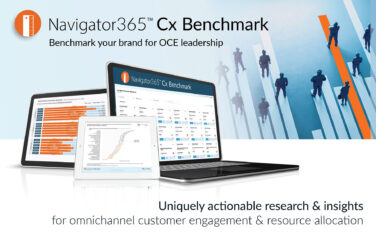Since 2020, diversity, equity, and inclusion (DE&I) has been a prime area of attention within healthcare and the life sciences. For one, the pandemic put a spotlight on the disparity within clinical trials—in 2020 the FDA found that 75% of trial participants were white, 11% were Hispanic, 8% were Black, and 6% were Asian. Furthermore, the rise of the Black Lives Matter movement at the time forced organizations in all industries to take a closer look at their DE&I efforts and inspired some to do better and go beyond attempts that often only paid lip service to improving diversity.
Inequity within healthcare overall has been a long-standing issue in need of solutions. Just some of the statistics found by KFF analysis include: American Indian and Alaska Native (AIAN) and Black people had a shorter life expectancy at birth (65.2 and 70.8 years, respectively) compared to White people (76.4) as of 2021, Black infants were more than two times as likely to die as white infants as of 2021, and the age-adjusted mortality rates for diabetes in 2021 for AIAN, Native Hawaiian and Other Pacific Islander (NHOPI), and Black people were twice as high as the rate for white people.
As life sciences companies look for ways to improve DE&I both within their organizations and in healthcare as a whole, PM360 turned to 10 experts in the space to ask them how. Specifically, we wanted to know:
- What steps should companies within the life sciences industry take to make a greater impact in improving diversity and health equity in areas including clinical trials, drug development, diagnosis, access to medication, marketing, data analysis, health literacy, etc.? What is the most important thing companies can do to make the biggest impact?
- What organizational changes do companies have to make to ensure they are better equipped to recognize the areas where they are failing to properly reach underserved groups?
- How can companies gain a better understanding into the needs of underrepresented and underserved groups to develop programs, approaches, products, strategies, etc. that address the issues and social determinants most impacting their healthcare? In your work in this area, what have you found to be the most surprising need of a specific group that the industry has not been addressing?
- What partnerships can companies form outside of their organizations to help boost health equity more broadly across the healthcare ecosystem? Do you have any examples of unique partnerships that are making significant progress? What have been the keys to these partnerships’ success?
 Health inequities are too vast for any single entity to solve alone. Society and companies should look to increase investment in programs and organizations that are already gaining traction on addressing the social determinants of health and the root causes of health inequities in communities. Forming synergistic partnerships and working with communities can help create sustainable change because when we “meet” patients where they are, we’ll see the solution probably lies there, too.
Health inequities are too vast for any single entity to solve alone. Society and companies should look to increase investment in programs and organizations that are already gaining traction on addressing the social determinants of health and the root causes of health inequities in communities. Forming synergistic partnerships and working with communities can help create sustainable change because when we “meet” patients where they are, we’ll see the solution probably lies there, too.
One example is Takeda’s partnership with Seeding Labs to co-create and share knowledge frameworks, clinical expertise, and much-needed tools with community leaders, scientists, and institutions around the world to help reduce barriers to each person achieving their optimal health. Together, we supported the growth of the Institute of Tropical Medicine and Global Health and the Universidad Iberoamericana (UNIBE) Diagnostic Center in the Dominican Republic. Because of the Diagnostic Center, UNIBE can now provide enhanced diagnostic services, resulting in measurable improvements in patient care and disease control in the community and nationally. Additionally, UNIBE have increased their healthcare capacity to meet local health needs and expanded the number of local health equity champions. This partnership also provides a framework Takeda and others can use globally, in communities to build trust and capabilities.
Ultimately, Takeda looks to work with like-minded global organizations, across different industries, that are focused on addressing inequities and creating sustainable change for communities. Through understanding and co-creation with communities, we’ll be able to create more inclusive practices and develop innovative medicines that better reflect how patients wish and need to engage with healthcare to achieve their highest level of health.
 While companies conceptually understand that the U.S. is a diverse country and different communities may have different needs, a key gap in most organizations is they don’t understand what truly drives sales through a dedicated multicultural marketing investment. In fact, in many cases, the data and insights that drive sales are the opposite of what people think.
While companies conceptually understand that the U.S. is a diverse country and different communities may have different needs, a key gap in most organizations is they don’t understand what truly drives sales through a dedicated multicultural marketing investment. In fact, in many cases, the data and insights that drive sales are the opposite of what people think.
For example, companies and brands continue to believe that lack of access, lower socioeconomics, language barriers, lower trust, etc., are the key variables that need to be addressed. But that’s not the case. Nearly 90% of U.S. Hispanics speak English. Multiple studies have shown that even in cases of equal socioeconomics and access, certain cultural groups continue to be untreated by biologics, while others over-index on biologics use. Significant COVID vaccination gaps existed in certain cultural groups even though the vaccine was free and widely available. A lot has changed, and communities of different cultures have evolved; however, many of the insights still driving the decisions have not.
Pharma Needs to Rethink Multicultural Marketing
So, what change do companies need to make? For starters, reset and evolve. Reset your data, your insights, and cross-functional team dynamics, and evolve the multicultural agency model. Challenge the insights being used to make decisions. Where is it coming from? Do those supplying it have the extensive knowledge and experience to back it up? By insights, I mean not only content and creative, but also how to properly design your cultural marketing mix model versus just forcing certain tactics within an existing channel mix.
The opportunity here is to integrate the data and insights that drive real, tangible sales. In fact, when implemented properly, a dedicated multicultural investment can yield a three- to five-times-stronger ROI compared to the same dollars in general promotion.
 Increasing diversity in clinical trials is not a one-solution problem. It requires investment, innovation, and community building. However, companies can take some concrete actions right now to create a culture that fosters diversity and health equity.
Increasing diversity in clinical trials is not a one-solution problem. It requires investment, innovation, and community building. However, companies can take some concrete actions right now to create a culture that fosters diversity and health equity.
1. Educate all employees about the importance of diversity in clinical trials and potential barriers that contribute to unequal access. Many people think they understand but if they have never been in the shoes of someone who has experienced a history of injustice, it can be difficult to fully comprehend. One good resource is the National Institute on Minority Health and Health Disparities (NIMHD).
2. Evaluate existing and new protocols to see if they make it needlessly difficult for historically underrepresented groups to participate in the trial. Prioritize accessibility in all protocol designs and, at the same time, create an action plan to proactively engage with underrepresented communities. Educate them about the importance of clinical trials and encourage informed participation.
3. Leverage today’s novel recruitment strategies including social media outreach and AI-based recruitment. Partner with local community organizations and leaders, pharmacies, and healthcare clinics that have the trust of their patients. Also, ensure all trial materials are comprehensible for people with varying degrees of health literacy and/or language proficiency.
Population representation in trials is a thorny problem to solve, especially for early-stage life sciences and digital therapeutics companies without major resources to invest—but even in larger companies no one seems to know where to start. Yet it is crucial we do solve it—not just for health equity but for the legitimacy of clinical research. If trials do not include people from every relevant demographic, the data is skewed and the resulting therapies won’t have the same effect for everyone.
 Start by listening to underserved populations, in Organon’s case women, to understand their greatest areas of unmet need, and then invest in solutions to fill critical gaps. For example, a significant area of unmet need among women is contraceptive access and choice. People may be surprised that nearly 50% of pregnancies worldwide are unplanned, which strongly correlates with lower educational attainment and income.
Start by listening to underserved populations, in Organon’s case women, to understand their greatest areas of unmet need, and then invest in solutions to fill critical gaps. For example, a significant area of unmet need among women is contraceptive access and choice. People may be surprised that nearly 50% of pregnancies worldwide are unplanned, which strongly correlates with lower educational attainment and income.
Through an initiative called “Her Plan is Her Power,” we are accelerating efforts to reduce unplanned pregnancies through global advocacy as well as investments in community-driven solutions in the U.S., in low- and middle-income countries, and around the globe. We’ve also committed to preventing 120 million unintended pregnancies by 2030 and have already helped prevent 57 million in areas where need and disparities exist. Our CEO is also a private sector co-host of Asia Pacific Economic Cooperation (APEC), where we’re bringing our expertise to identify sustainable solutions to address demographic resilience by addressing unplanned pregnancy and fertility issues in APEC economies.
Building Successful Public-Private Partnerships
Public-private sector collaboration is essential to improving inequities and driving economic opportunity for women and girls. Organon is convening governments and global development banks through new, results-based sustainable financing to mobilize capital towards women’s health. Sustainable financing holds the opportunity to generate novel investment into women’s health to tackle and dramatically scale some of the solutions that are urgently needed.
With programs currently underway in eight countries, including Mexico, Colombia, Ecuador, Peru, Panama, as well as Thailand, Kenya, and South Africa, we’ve learned one of the critical keys to success is a shared vision. Big, societal challenges, like access to sexual and reproductive health services, can’t be solved alone—we must leverage each other’s expertise, resources, and networks to drive change.
 To prioritize effort and tailor development of resources/interventions appropriately, pharma companies can start by proactively identifying where health inequities exist and what barriers (educational, cultural, structural) may be driving these inequities across the patient journey. One way companies can build this insight is through a customer-centric, data-driven approach. National, regional, and local data is available from public and big data sources (e.g., public health literature, CMS, payer claims, EMR) that companies can use to analyze and identify patterns related to the healthcare issues faced by these populations. Disparities can also be identified through racial-level HUB data to determine differences in access, treatment rates, and adherence. Patient-reported outcomes (PROs) in inclusive/diverse clinical trials can also be instrumental in identifying barriers.
To prioritize effort and tailor development of resources/interventions appropriately, pharma companies can start by proactively identifying where health inequities exist and what barriers (educational, cultural, structural) may be driving these inequities across the patient journey. One way companies can build this insight is through a customer-centric, data-driven approach. National, regional, and local data is available from public and big data sources (e.g., public health literature, CMS, payer claims, EMR) that companies can use to analyze and identify patterns related to the healthcare issues faced by these populations. Disparities can also be identified through racial-level HUB data to determine differences in access, treatment rates, and adherence. Patient-reported outcomes (PROs) in inclusive/diverse clinical trials can also be instrumental in identifying barriers.
Engage with the Complete Healthcare Ecosystem
Pharma companies can also engage with their customer stakeholders and other healthcare ecosystem entities. For instance, HCP organizations can be key partners as they have a good understanding of the community they serve and can help identify problem areas at the local level. HCPs are also willing to partner with pharma as time/resources are scarce and they need help in building practical tools that can productively engage underserved patients. Also, many payers now have a vested interest in improving health equity as lower costs and better outcomes can be achieved through addressing social determinants. For optimal engagement, field teams should be trained to probe customers with questions that uncover health equity issues and start a solution-oriented dialogue around prioritized areas.
Lastly, patient engagement is critical to gain insights into their experiences and challenges. Active participation in patient support groups, forums, advocacy organizations, and conducting primary market research (i.e., surveys, interviews) are all important venues to gain a first-hand account of the needs of the underserved patient and the issues at play.
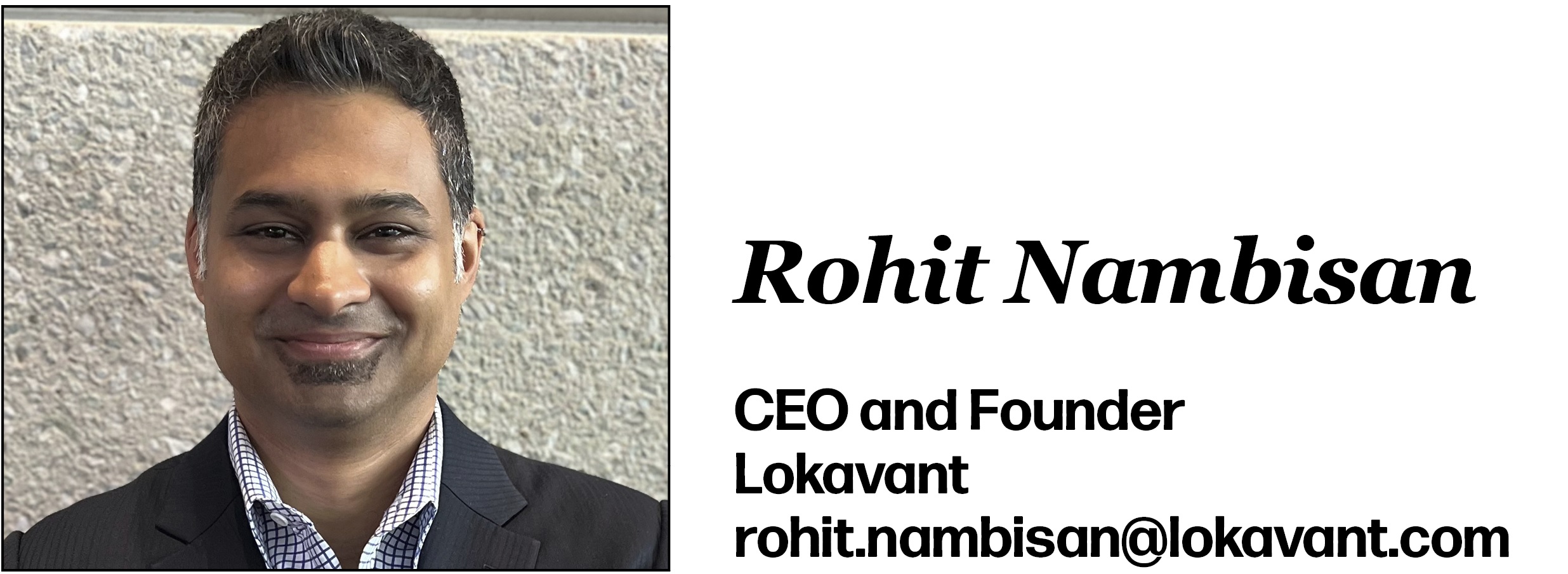 Diverse data integration and advanced analytics can significantly impact diversity and health equity in clinical trials. These advanced tech applications allow trial sponsors and contract research organizations (CROs) to adhere to planned DEI goals in two fundamental areas: study planning and study execution.
Diverse data integration and advanced analytics can significantly impact diversity and health equity in clinical trials. These advanced tech applications allow trial sponsors and contract research organizations (CROs) to adhere to planned DEI goals in two fundamental areas: study planning and study execution.
Today, study planning suffers from the utilization of historical, legacy datasets, which are limited in addressing participant diversity. The ability to integrate and analyze diverse types of data (i.e., social determinants of health coupled with real-world data) will help to accurately identify sites with more diverse patient populations and investigators. This enables sponsors and CROs to make proactive adjustments to recruitment and site activation plans, prior to First-Site-First-Visit (FSFV). These technologies can also identify sites that lack diverse populations, prompting the consideration of decentralized approaches with remote capabilities.
Better Study Execution
A second area for improvement is in study execution. By leveraging advanced analytics, sponsors can track the enrollment and site performance in real time, as it pertains to planned DEI goals. With this real-time feedback, sites can act quickly to keep the trial on track while ensuring the attainment of such goals.
This two-pronged approach empowers the teams across study planning and execution to better represent patient diversity—specific to condition—ultimately mitigating healthcare inequity and improving the safety of all affected patient populations.
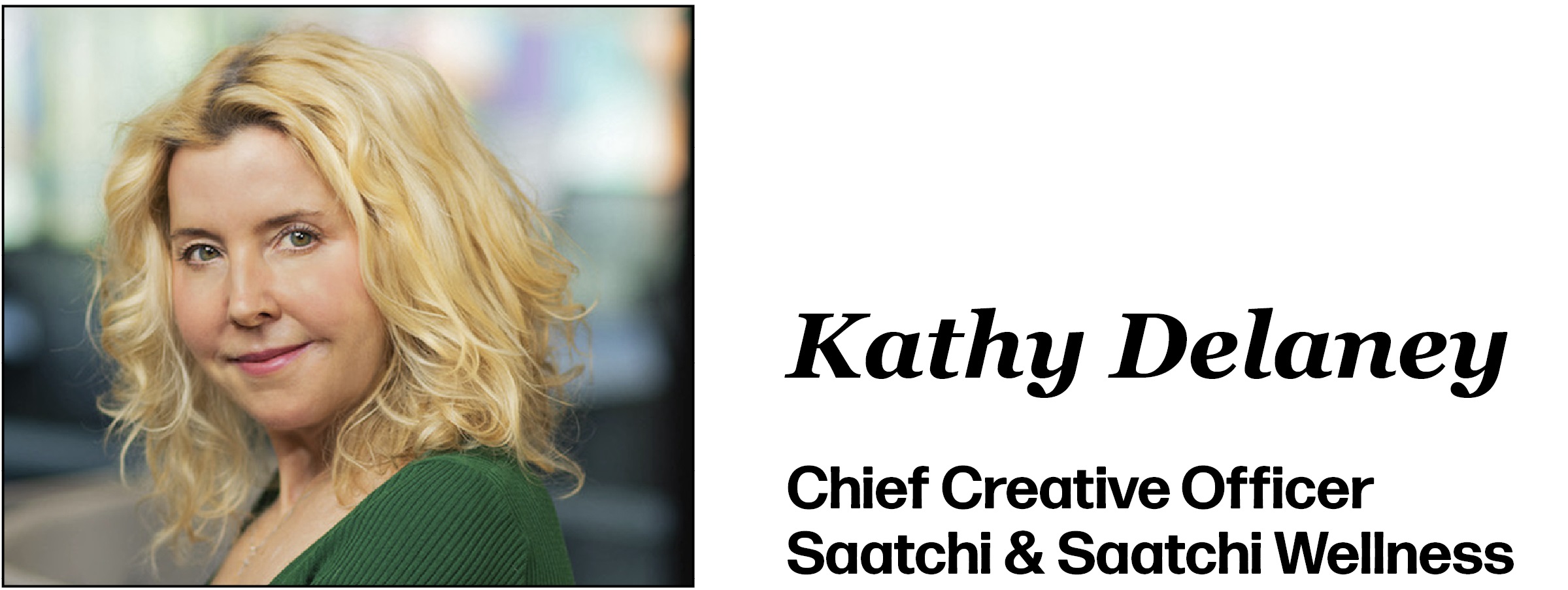 Though our industry has come a long way, a long road exists between where we are now and the ideal state of equitable healthcare marketing and advertising. People of historically oppressed ethnic and racial identities experience higher rates of illness and death across a wide range of health conditions—yet overall awareness of these inequities and investment in specific initiatives to combat these disparities remain low. Healthcare and wellness agencies have a responsibility to be acutely aware of and consider this reality whenever we create work, so that we can be a force for change, inclusion, and equity—to make the world a place where everyone can thrive in wellness.
Though our industry has come a long way, a long road exists between where we are now and the ideal state of equitable healthcare marketing and advertising. People of historically oppressed ethnic and racial identities experience higher rates of illness and death across a wide range of health conditions—yet overall awareness of these inequities and investment in specific initiatives to combat these disparities remain low. Healthcare and wellness agencies have a responsibility to be acutely aware of and consider this reality whenever we create work, so that we can be a force for change, inclusion, and equity—to make the world a place where everyone can thrive in wellness.
Building Diversity into Your Creative
As Chief Creative Officer, I have to take great care to include all voices, perspectives, bodies, genders, and identities in the work I oversee. This means bringing the right voices into the room where the strategies are being built and campaigns are being crafted, so we can ensure that the work we create serves to relieve the unique barriers our audiences are up against. You can’t just bring in specific diverse voices at the end of a project to review work—for a creative agency, expanding wellness to diverse audiences means co-creating with diverse teams every step of the way.
The goal is to let audiences tell their stories, their way. In certain communities where belief in or even trust of the healthcare system is low, marketers should seek to develop campaigns that people can really see themselves in—because that is an essential element to ensure people truly hear the important, sometimes lifesaving, health messages we’re communicating.
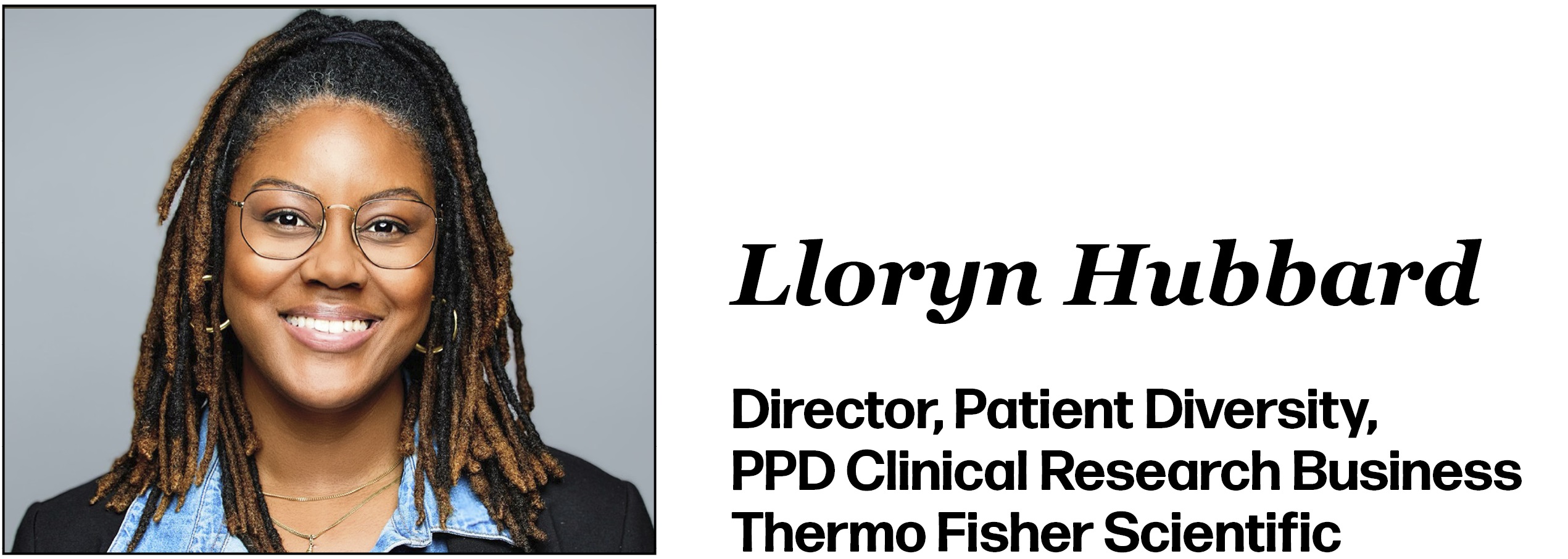 Health inequity and inadequate access to healthcare are not limited to low- and middle-income countries. In the U.S., historically marginalized populations are often the ones most likely to lack access to healthcare or may be reluctant to seek care due to distrust of the medical system. This is tragic because it often takes a crisis, such as an emergency department visit, to serve as the mechanism to bring at-risk populations into the healthcare system.
Health inequity and inadequate access to healthcare are not limited to low- and middle-income countries. In the U.S., historically marginalized populations are often the ones most likely to lack access to healthcare or may be reluctant to seek care due to distrust of the medical system. This is tragic because it often takes a crisis, such as an emergency department visit, to serve as the mechanism to bring at-risk populations into the healthcare system.
Without an inclusive mindset within life sciences companies to challenge the current status quo, underserved populations will remain neglected and unable to access the latest medical innovations. Across diagnostic testing, access to medication, and designing clinical trials, companies must be proactive about authentically engaging underserved populations in their strategy development, leading to programs and infrastructure with solutions that are better tailored to underrepresented patients.
Taking a Multifaceted, Multidisciplinary Approach
Addressing the lack of diversity in clinical trials also requires a multifaceted approach—from inclusive protocol development and eligibility criteria to targeted site selection, to recruitment and retention materials that are culturally relevant and linguistically appropriate, along with partnerships that promote trusted and sustained community engagement.
Life sciences companies should embed solutions that address healthcare disparities into working practices in order to further scale the collective impact we can make for patients. For example, our workforce is provided opportunities for training to help them recognize the barriers that prevent diverse patient participation and feel empowered to take action, no matter the employee’s role in the clinical trial lifecycle. Real change happens when everyone plays a role. That said, it is imperative for companies’ efforts to be multidisciplinary and operationalized at every level of the organization, with visible senior leadership endorsement and engagement.
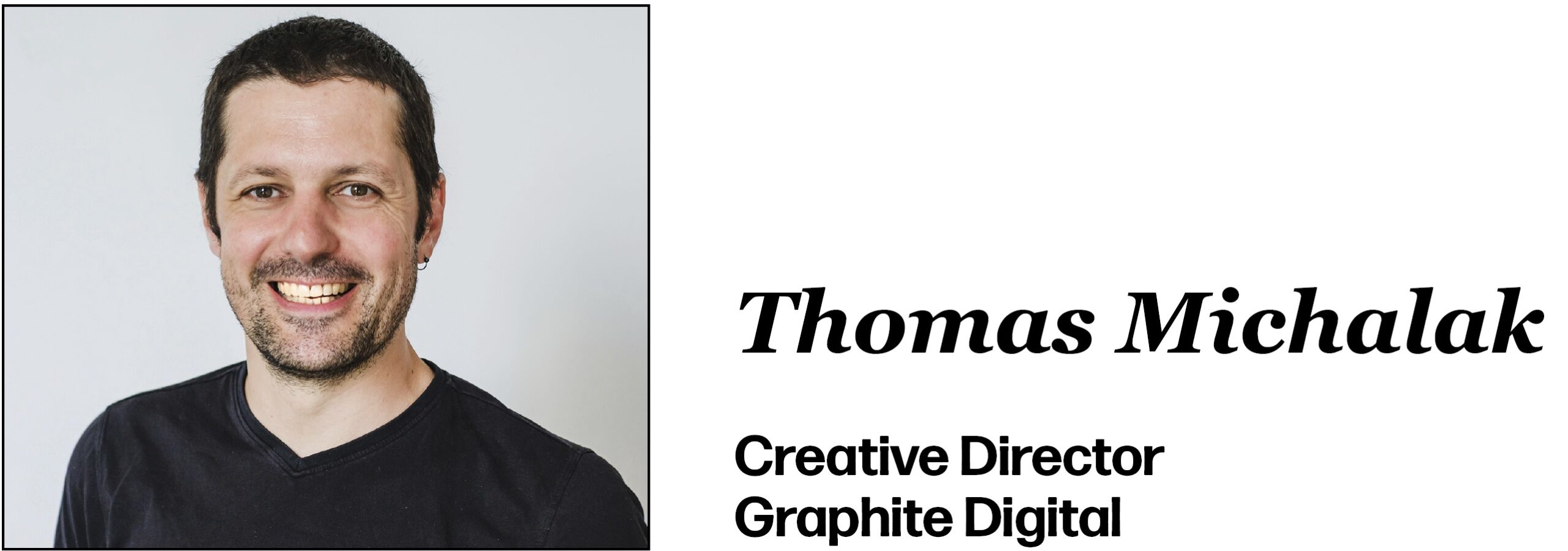 We can’t change the world unless we change ourselves—health equity and diversity start from within by creating teams with as many perspectives as possible. Many technological and medical advancements have been biased due to homogenous teams, which unconsciously did not consider the views of all users.
We can’t change the world unless we change ourselves—health equity and diversity start from within by creating teams with as many perspectives as possible. Many technological and medical advancements have been biased due to homogenous teams, which unconsciously did not consider the views of all users.
Diversity isn’t charity, but great business. As pharmaceutical companies aim to touch millions of people, they have to invest in patient centricity by conducting user research and leveraging insights to create inclusive user experiences that meet everyone’s unmet needs. When designing digital products and journeys, solving for accessibility means solving for everyone, which in turn will increase health equity.
Why User Research Is So Important
User research will often inform business decisions by evaluating value against impact. As an example, we recently worked with a patient support program for people living with an ultra-rare disease that wanted to better understand patients’ journeys from diagnosis to learning to live with it, in order to communicate with them more effectively. One of the key insights was around timing—when and how much to engage with patients. The program provider was shocked that most patients said they’d never heard of them. This turned out to be because the program was introduced at the diagnosis stage.
After years of misdiagnosis, social stigma and complicated health issues, people were too overwhelmed by the diagnosis and the amount of information attached to it to properly register the information about the support program. It needed to be introduced at a later point in the patient journey to have a positive impact. Often, the only way to understand people’s cognitive load or mental model is by testing assumptions and talking to them about everything, not just the product.
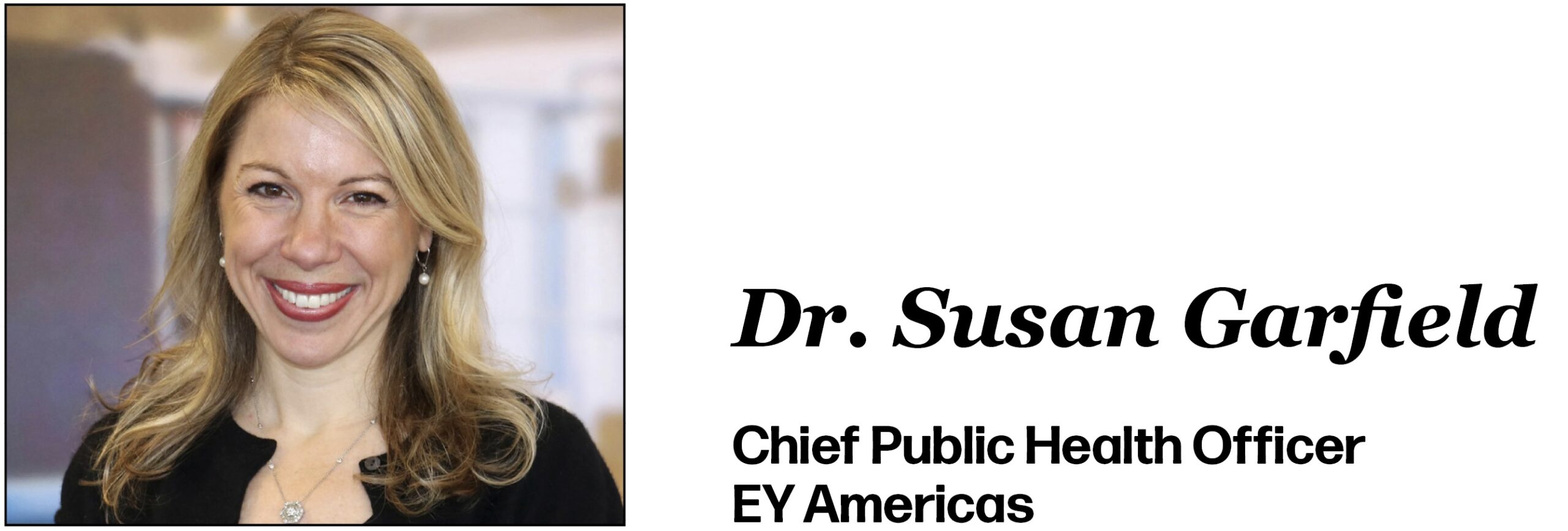 To increase diverse participation in clinical trials and across the life sciences value chain, companies must work to build trust, engage with patients, and develop personalized, relevant content. There is a long history of why historically underserved or low-income communities may not trust the industry. To address this, companies should partner with local groups, focusing on listening versus telling communities what they need. In addition, engaging with diverse groups throughout the development and commercial process helps companies learn from the lived experiences of patients and their families and creates more impactful interventions.
To increase diverse participation in clinical trials and across the life sciences value chain, companies must work to build trust, engage with patients, and develop personalized, relevant content. There is a long history of why historically underserved or low-income communities may not trust the industry. To address this, companies should partner with local groups, focusing on listening versus telling communities what they need. In addition, engaging with diverse groups throughout the development and commercial process helps companies learn from the lived experiences of patients and their families and creates more impactful interventions.
Finally, the thoughtful development of educational content, customized for diverse groups, will ensure its relevancy to different audiences. Generative AI and other tools allow for greater personalization of content for diverse populations. Life sciences companies that focus in these areas will help drive greater participation of diverse patients in trials, as well as higher levels of engagement across various patient populations.
The Best Ways to Address Unmet Needs
Companies should partner early and often with grassroots organizations that directly engage underrepresented communities. These partners are likely to have the credibility and trust that the industry does not and serve as convenors. An enormous amount of work is also coming out of public health organizations with detailed, foundational needs assessment data on community disease burden, social determinants of health status, and community-based unmet needs.
So many challenges still need to be addressed, such as the aging population and the myriad needs of older patients. These play out with disproportionate burden on minority and lower-income people. Additionally, organizations should prioritize developing a more diverse clinical workforce in terms of language, ethnicity, race, and geography. More diverse clinicians have a significantly positive impact on improving health outcomes for underserved populations.







